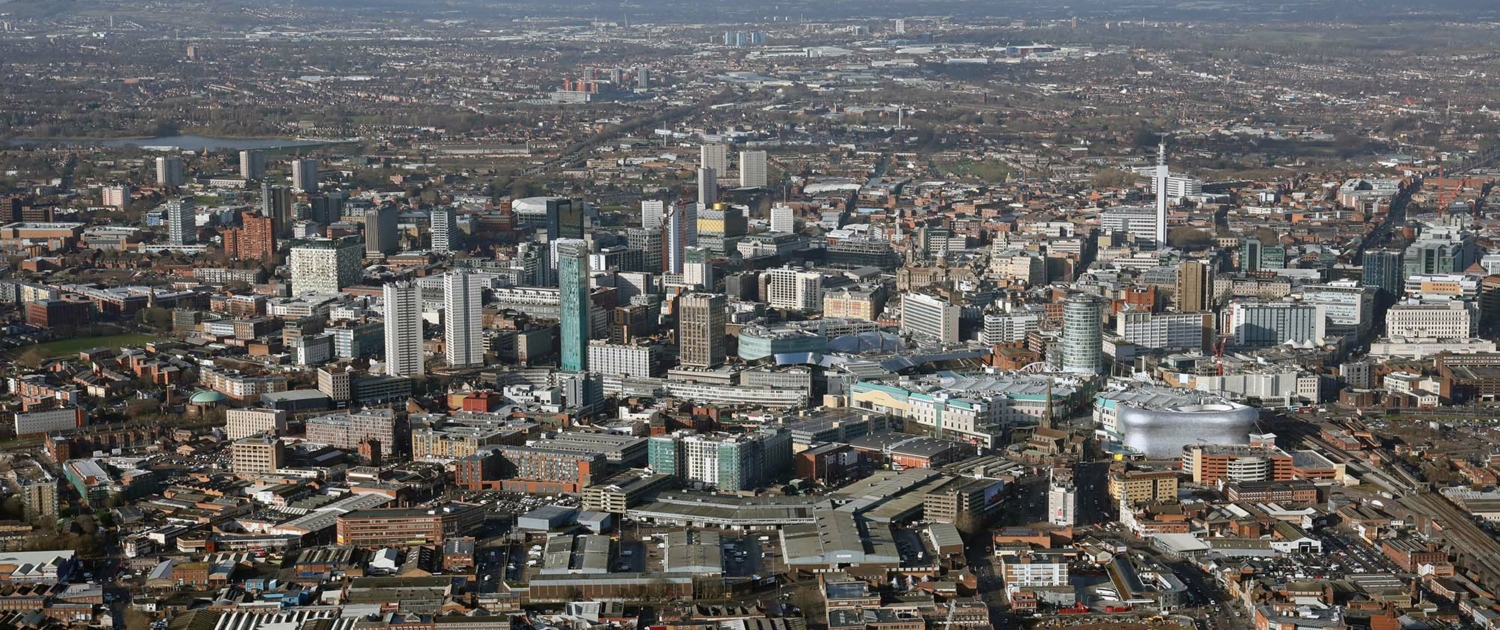Home > Geotopics > Birmingham > What are the challenges and opportunities of rural change?
What are the challenges and opportunities of rural change?
Affordable housing
Rural areas around Birmingham are witnessing a rise in property prices, driven by their appeal to various demographics.
- Elderly individuals seeking peaceful retirement are drawn to these rural areas’ serenity and lack of pollution. Many of them choose to spend their retirement years in places like Belbroughton in Worcestershire.
- Another group includes working individuals or those with young families who want to raise their children in a safe, unpolluted, and pleasing countryside environment. Often, these individuals can get more spacious houses with larger outdoor areas for the same amount of money.
The influx of these two groups into rural areas drives up real estate prices, often making it unaffordable for locals. Thus, the challenge lies in ensuring affordable housing for locals in these rural villages.
One consequence of these trends is the shift in the population profile of the parish of Belbroughton, which has aged relative to the rest of Worcestershire. Younger individuals are moving out either for job opportunities or because housing in the village is beyond their means.
The Worcestershire Rural Housing Enabler Survey found that a minimum of 15 households had a genuine need, not merely a desire, for affordable housing. All of these households had strong local ties and couldn’t afford a home in the village’s open market. A site was identified and homes were constructed – six were for rent, two were shared ownership, and seven were sold at fixed equity (restricted to 57% of their open market value)
The challenge of providing services in rural areas
Transport
On average, 65% of households in Britain have regular access to a car. This percentage is even higher in rural areas – for instance, in Worcestershire, 82% of all households have a car. As car ownership increases, the demand for bus services dwindles.
Confronted with a dwindling number of passengers, bus companies find themselves compelled to hike fares and decrease service frequency. This results in a detrimental cycle of escalating fares and deteriorating services, leading to even fewer bus riders. Additionally, the increase in car ownership and usage contributes to more extensive and frequent car journeys, exacerbating traffic congestion, air pollution, and carbon dioxide emissions.
Other services
As bus services in rural regions have dwindled, so has the number of amenities like schools, hospitals, doctor’s clinics, and shops. Recent research revealed that 35% of villages in rural England and Wales lack a food shop, 76% lack a doctor’s clinic, and 85% don’t have a pharmacy.
Running small village schools tends to be costly. Additionally, critics argue that such schools, with only a handful of qualified teachers, can offer only a limited curriculum. However, villagers advocating to keep their schools open say these institutions often serve as the village’s social life hub. Additionally, these villages often lack facilities for teenagers and young adults, resulting in many having to commute long distances for education, entertainment, and recreational activities. Despite the benefit of fresh, clean air in rural areas, many young adults complain about poor quality of life.
Measuring quality of life with the Index of Multiple Deprivation
The Index of Multiple Deprivation (IMD) can measure quality of life. The IMD includes seven primary types of deprivation and assigns a weightage based on what government officials consider most crucial. The categories include income deprivation (23%), employment deprivation (23%), and health deprivation and disability (13%). The Index also considers education, skills, and training (13%), barriers to housing and services (9%), crime (9%), and living environment (9%). The IMD for Worcestershire reveals a concentration of low scores, primarily around the northeastern region of the county. These are focused mainly around Redditch, an area that faces employment and income challenges. However, rural areas typically do not have such high IMD values since their older residents are not actively seeking employment, have a steady pension income, and crime rates are generally low.
Related Topics
Use the images below to explore related GeoTopics.



